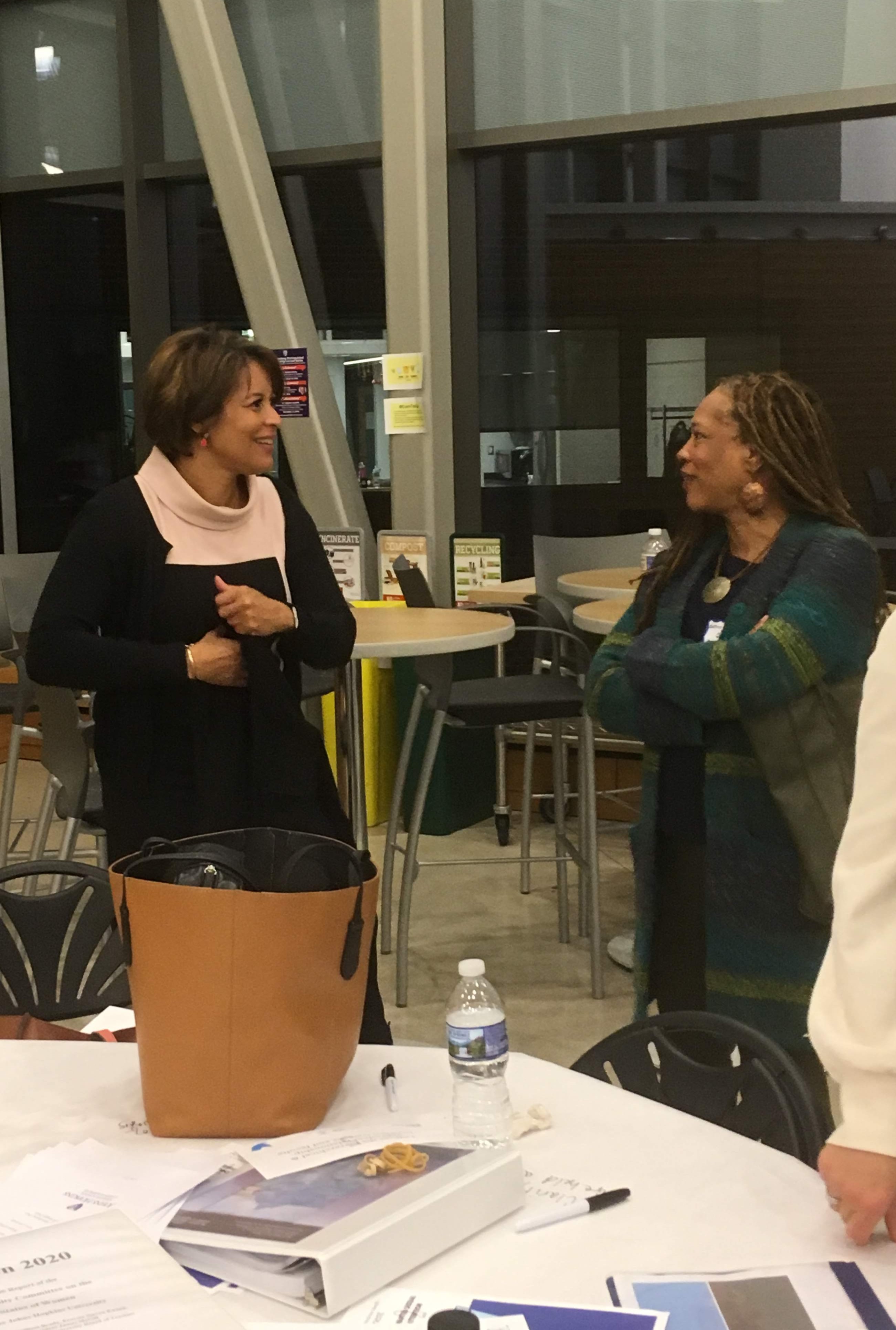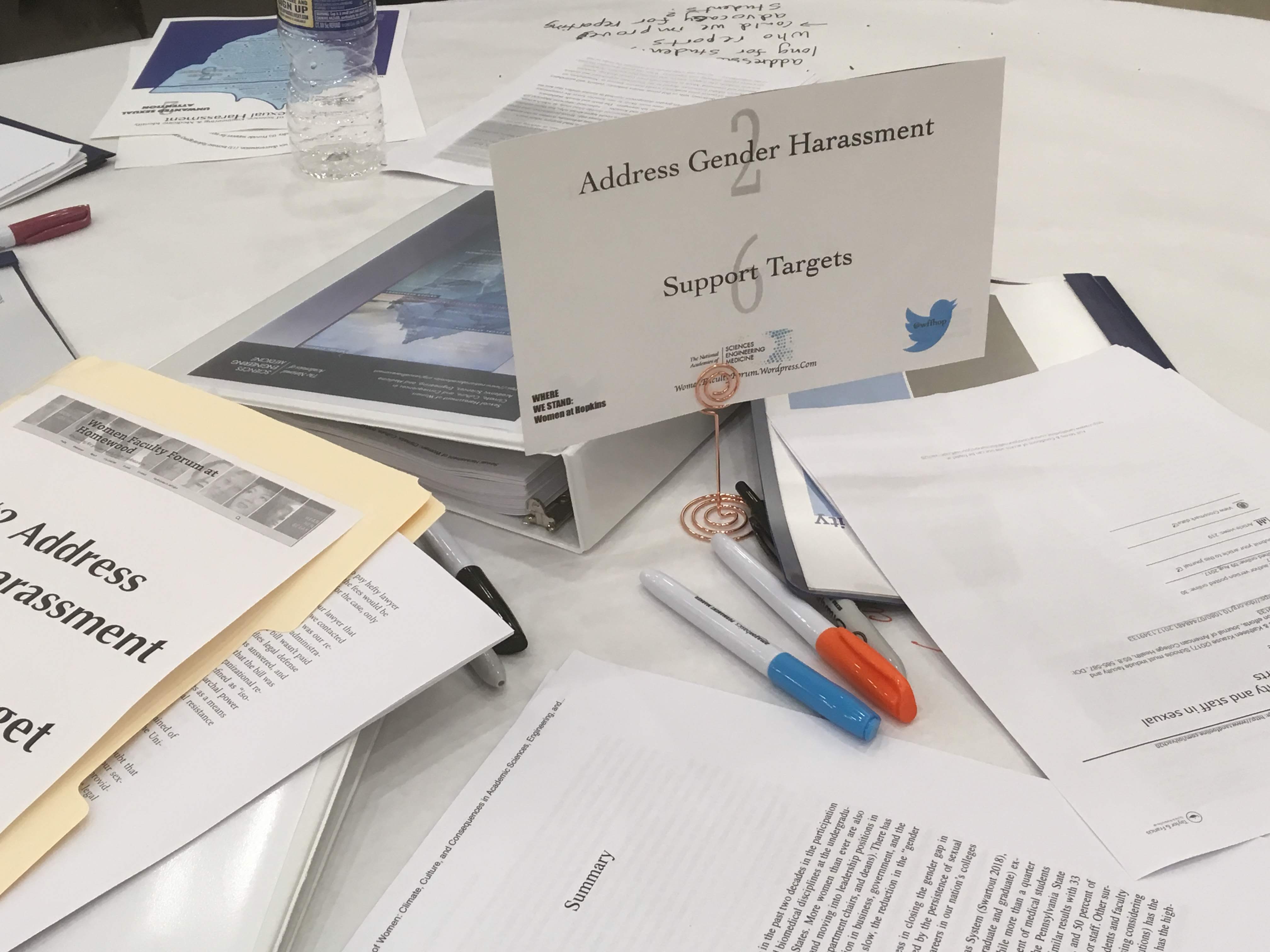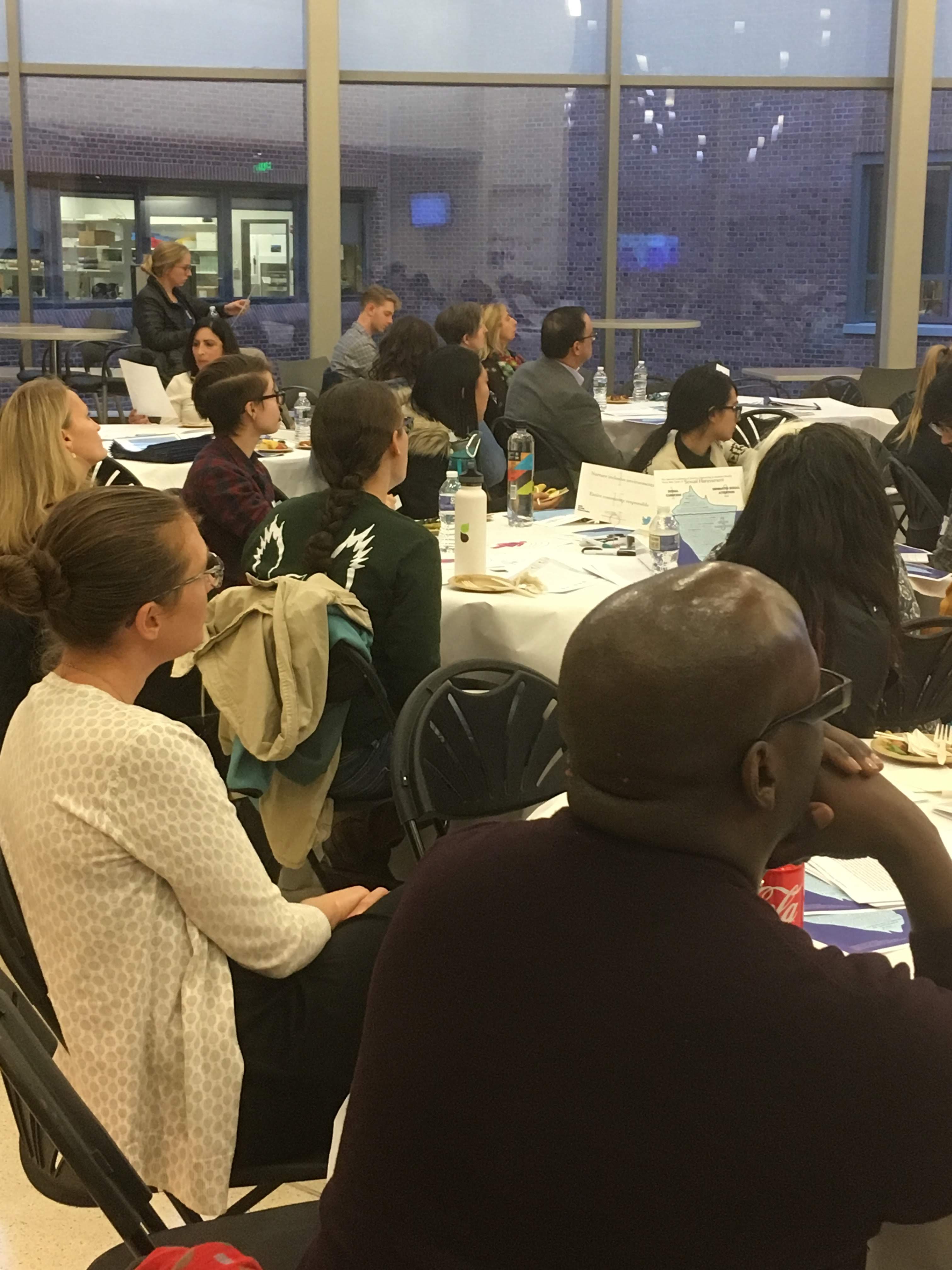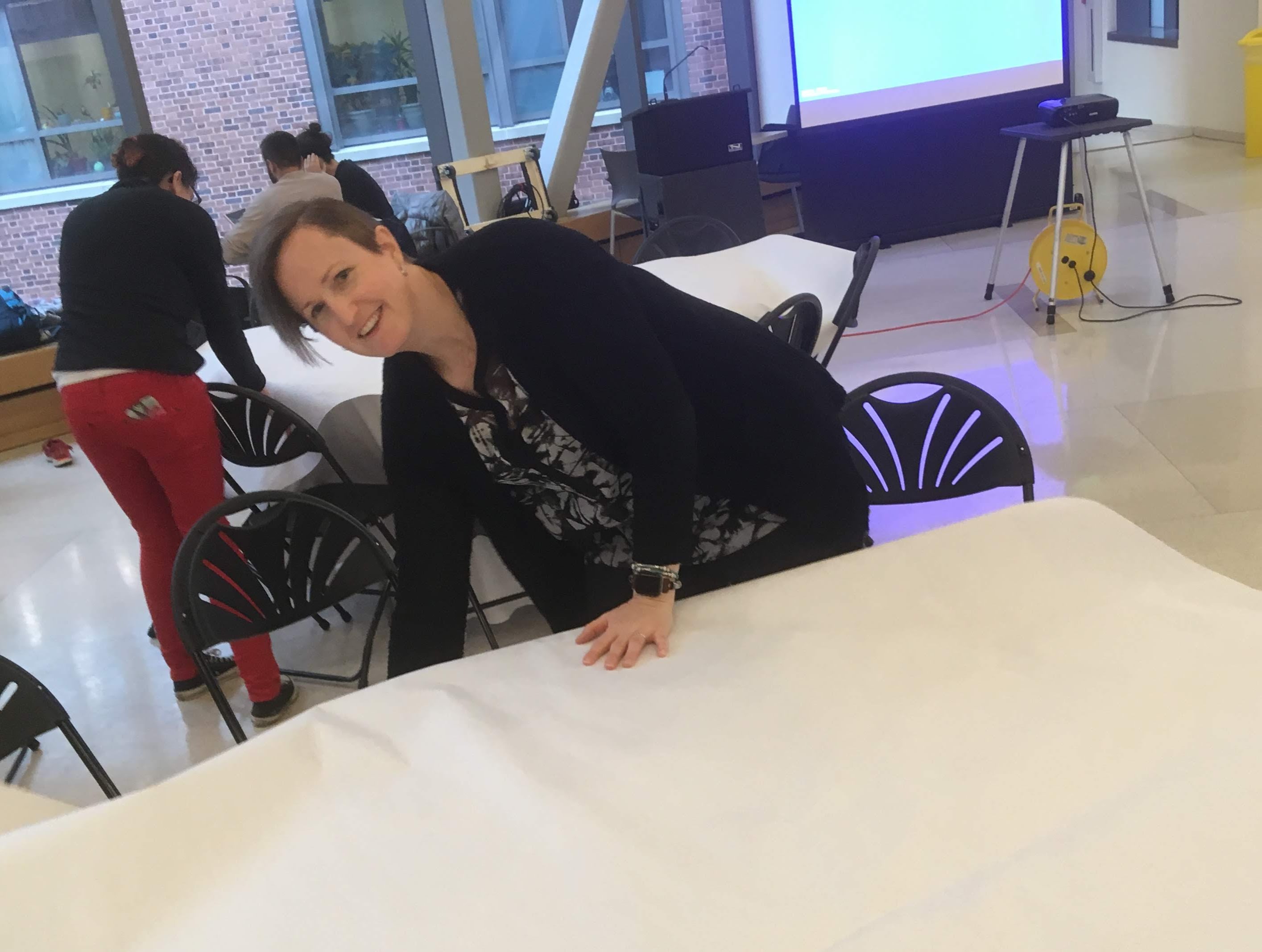Please join other faculty, staff, and students this Thursday, October 25, from 5:30-7pm in Mudd Atrium to discuss ways to improve the climate at Homewood, across disciplines. Children are welcome.
 . . . [B]y far, the greatest predictor of the occurrence of sexual harassment is the organizational climate in a school, department, or program, or across an institution. (NAS report, page 15)
. . . [B]y far, the greatest predictor of the occurrence of sexual harassment is the organizational climate in a school, department, or program, or across an institution. (NAS report, page 15)
. . . . Organizational climate . . . is evaluated on three elements: (1) the perceived risk to those who report sexually harassing behavior, (2) a lack of sanctions against offenders, and (3) the perception that one’s report of sexually harassing behavior will not be taken seriously. . . .
In addition to these risk factors, there are also conditions on campus that are exacerbating the problem, including the following:
- Insufficient attention to this topic among campus leaders—including presidents, provosts, deans, and department chairs.
- Lack of clear policies and procedures on campus, and within departments, that make clear that all forms of sexual harassment, including gender harassment, will not be tolerated; that investigations will be taken seriously; and that there are meaningful punishments for violating the policies.
- Minimal or merely symbolic compliance with the law without regard to whether policies actually prevent harassment and retaliation.
- Insufficient protection for targets of sexual harassment, who often suffer undue consequences when they report sexually harassing behavior.
- Lack of effective training on sexual harassment. While nearly all institutions offer some form of “sexual harassment training,” and often require all students, faculty, and staff to take the training, rarely is the training evaluated and revised to ensure that it has the desired effect of reducing or preventing harassment.
- Measuring the problem of sexual harassment based on how many cases are formally reported to the institution, rather than through regular climate surveys.
- Insufficient attention to a climate that tolerates the gender harassment form of sexual harassment, which increases the chance that other forms of sexual harassment will occur. (NAS report pages 15-16)




 . . . [B]y far, the greatest predictor of the occurrence of sexual harassment is the organizational climate in a school, department, or program, or across an institution. (
. . . [B]y far, the greatest predictor of the occurrence of sexual harassment is the organizational climate in a school, department, or program, or across an institution. (


